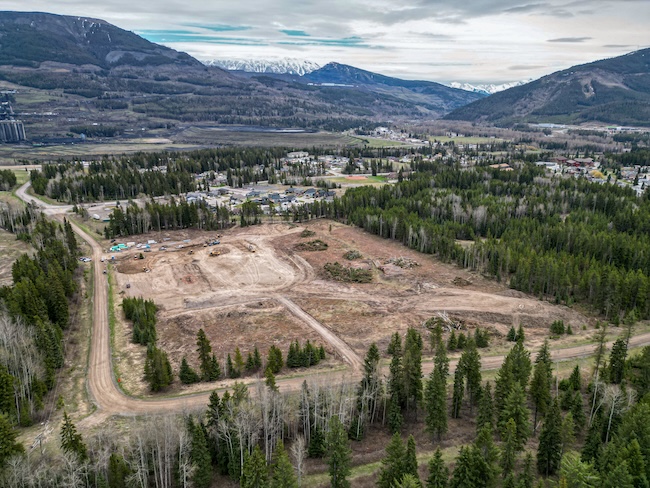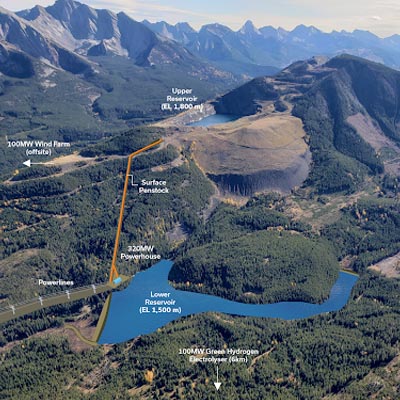AME BC responds to Fraser Institute Annual Survey of Mining Companies

Vancouver, BC — The Association for Mineral Exploration British Columbia (AME BC) responded to the release of the 2014 Fraser Institute Annual Surve
Vancouver, BC — The Association for Mineral Exploration British Columbia (AME BC) responded to the release of the 2014 Fraser Institute Annual Survey of Mining Companies.
According to the Fraser Institute, the survey attempts to assess how mineral endowments and public policy factors affect exploration investment. The province of British Columbia appears in the top third of the Investment Attractiveness Index, ranking 28th out of 122 jurisdictions in 2014 compared with 16th out of 112 jurisdictions in 2013. However, its ranking within Canada, at 10th out of 12 provinces and territories compared to 7th out of 12 in 2013, is not consistent with actual investment in mineral exploration and deposit appraisal according to data from Natural Resources Canada.
“We appreciate the efforts of the Fraser Institute in developing an important barometer for sharing qualitative perceptions of jurisdictions,” mentions Gavin C. Dirom, President & CEO of AME BC. “However, according to quantitative data provided by Natural Resources Canada, BC’s share of mineral exploration investment has more than tripled from 6 per cent in 2001 to 21 per cent in 2014. At the same time, BC’s ranking among provinces in attracting mineral exploration and development investment has risen from fourth place in 2009 to second place, only behind Ontario, in 2013 and 2014. Furthermore, one of the best indicators of success in exploration is seeing discoveries move through to mine development. In recent years, we have seen a number of new major metal mines constructed in our province, including Copper Mountain in 2011, New Afton in 2012 and Mt. Milligan in 2013. Also, Red Chris is being readied for commercial operations, and the KSM and Kitsault mine development projects have received environmental assessment certificates.”
“The challenges faced by mineral explorers in British Columbia in attracting investment are not unique,” notes David McLelland, Chair of AME BC. “However, the province does have excellent mineral development potential and publicly accessible geological data. It also has a government that values, and has become better resourced to serve, the industry, as well as infrastructure that facilitates access to growing markets. Finally, BC has well-developed relationships between industry and local and Aboriginal communities in many areas of the province. As a jurisdiction, BC is now better positioned to realize its mineral development potential when commodity prices and market conditions improve.”




